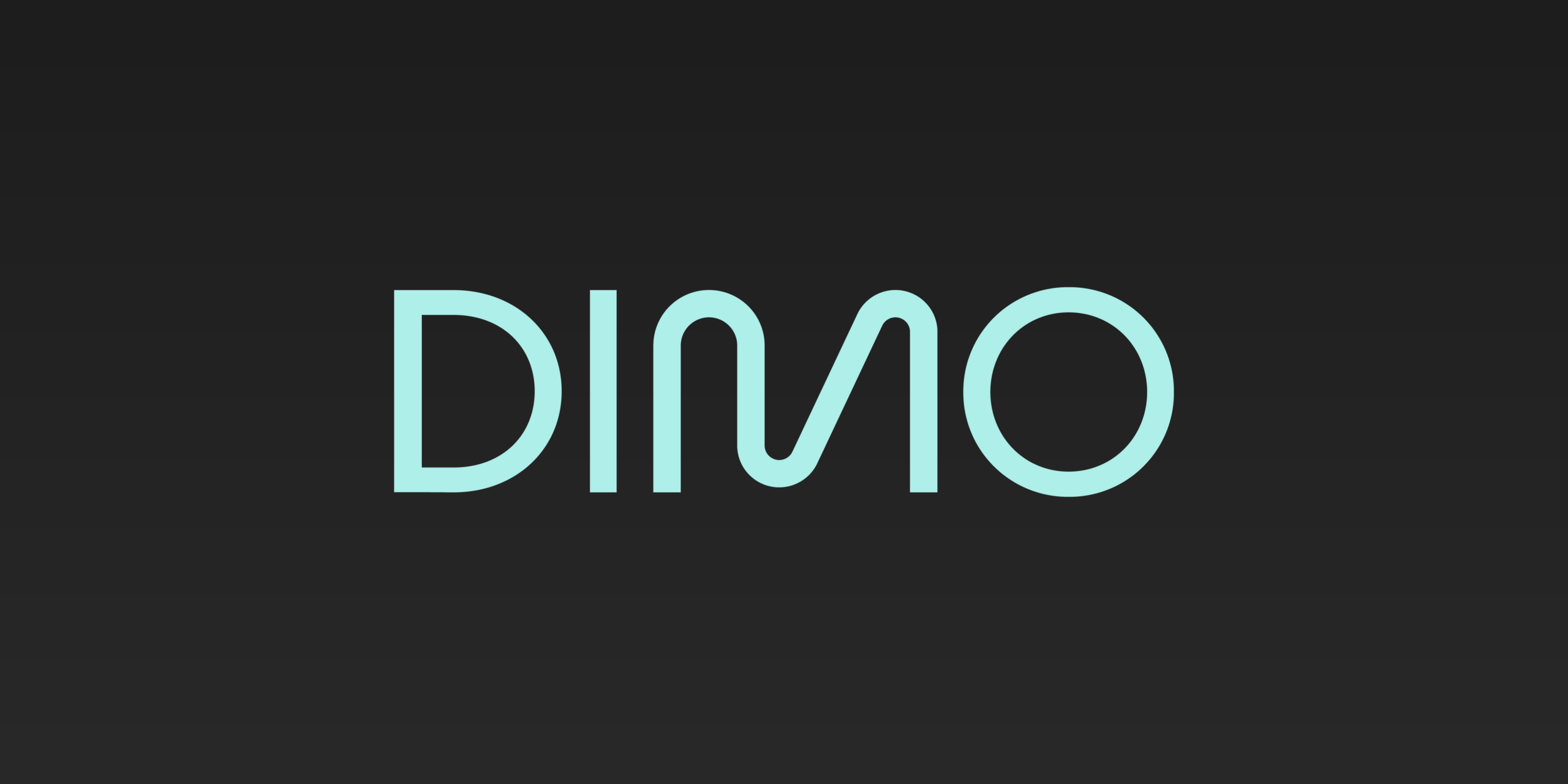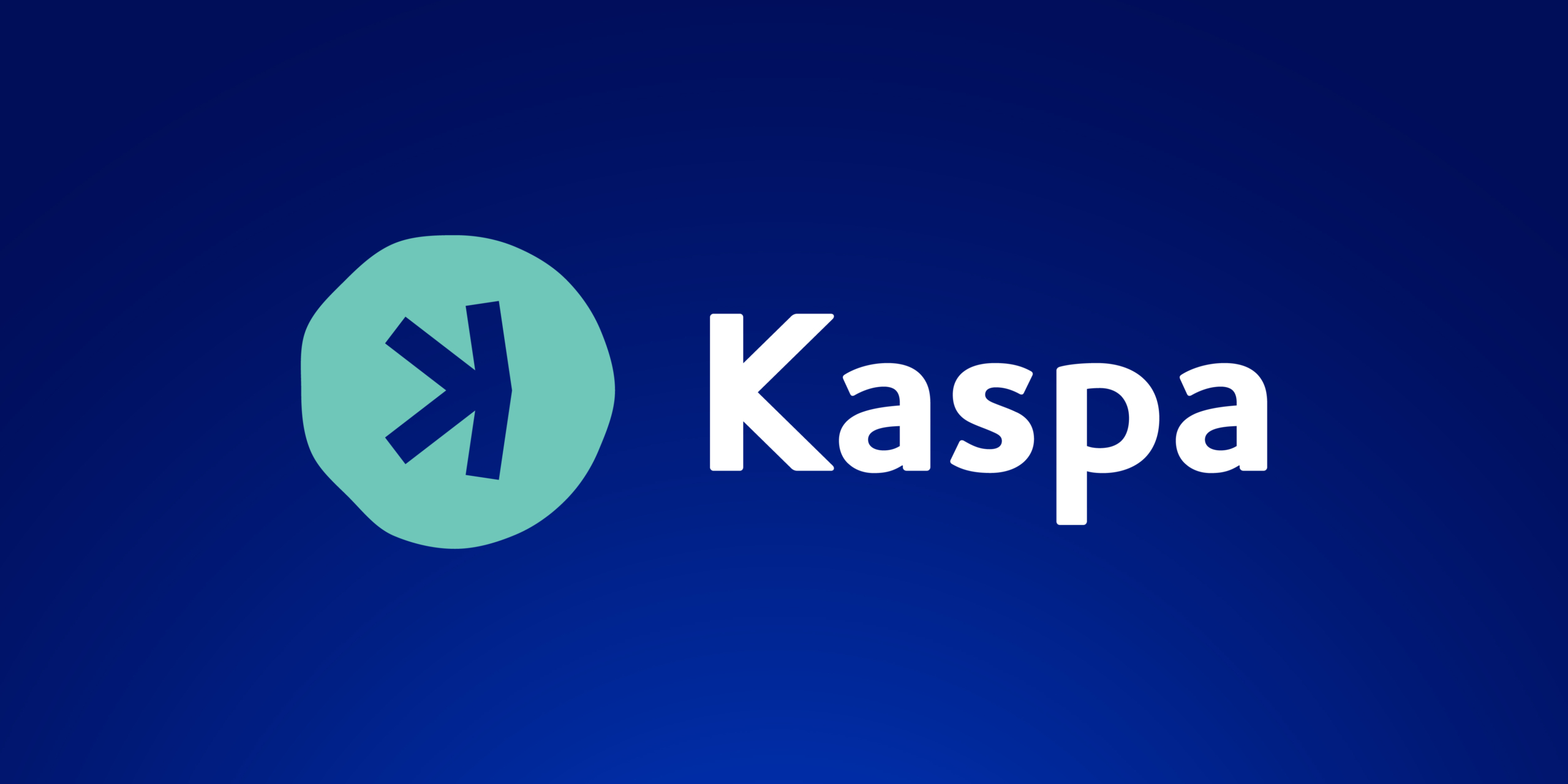Introduction
DIMO, for Digital Infrastructure for Moving Objects, positions itself as the gateway for vehicular owners to capitalize on the boundless potential of their vehicles. This innovative platform facilitates vehicular data collection, utilization, and monetization, capitalizing on the latest blockchain, cryptography, and open-source technologies. Through this comprehensive analysis, we critically evaluate the potential and viability of DIMO in the rapidly evolving vehicular and IoT space.
Innovation
At the heart of DIMO lies the promise of leveraging the Ethereum Virtual Machine, cryptography, open-source software, and hardware. This blend of technologies aims to introduce unprecedented transparency, privacy, and reliability in IoT networks, essential for ensuring trust among users and developers.
Key innovative features:
- Open Identity System: Allows unambiguously identifying users, vehicles, and trips.
- Incentive Mechanism: With $DIMO rewards, users are motivated to participate and engage actively.
- Verified Telemetry Data: Guarantees the authenticity of data through licensed hardware devices like the DIMO x AutoPi.
- Data Sovereignty: Puts users in the driver’s seat regarding their data, emphasizing privacy and ownership.
DIMO Architecture
DIMO’s architecture extends its applicability across various sectors, such as fleet management, vehicle commerce, energy, and smart city solutions. A significant architectural highlight is the creation of an open Vehicle ID (NFT), which stands as a testament to a vehicle’s identity, ownership records, and selective driving data.
Code Quality
While the review doesn’t dive deep into the intricacies of the codebase, the initial impressions point towards high code quality maintained by experienced developers. Embracing an open-source approach further ensures transparency and a potential for broader community engagement and scrutiny.
Product Roadmap
The partnership with Autopi, leading to the development of the DIMO x AutoPi device, signals DIMO’s commitment to facilitating user engagement. This plug-and-play hardware, compatible with cars manufactured post-1988, promises to extract and authenticate essential vehicular data, indicating a progressive and inclusive product roadmap.
Usability
Given the vast array of applications ranging from fleet management to smart city solutions, DIMO’s platform holds the potential to resonate with a broad user base. DIMO ensures that its platform remains versatile and user-centric by addressing varied user needs, such as data-driven insurance, vehicle commerce, and urban planning.
DIMO Team
While specific details about the team are not provided in the given content, the innovative approach and intricate detailing of DIMO’s offerings hint at a dedicated team with a solid grasp of blockchain technology, vehicular data management, and IoT integrations.
Conclusion
DIMO emerges as a pioneering force in the connected vehicle platform space, promising to transform how vehicle owners interact with their assets. By harnessing the power of blockchain, open-source software, and robust hardware integrations, DIMO is well-poised to drive innovation and trust in the IoT vehicular landscape. As with any cutting-edge technology, the long-term success of DIMO will be contingent on its adaptability, community engagement, and consistent delivery of its promises.
| Initial Screening | |||
| Keep researching | |||
| Does this project need to use blockchain technology? | Yes | ||
| Can this project be realized? | Yes | ||
| Is there a viable use case for this project? | Yes | ||
| Is the project protected from commonly known attacks? | Yes | ||
| Are there no careless errors in the whitepaper? | Yes | ||
| Project Technology Score | |||
| Description | Scorecard | ||
| Innovation (Out Of 11) | 8 | ||
| How have similar projects performed? | Medium | 1 | |
| Are there too many innovations? | Regular | 2 | |
| Percentage of crypto users that will use the project? | 6%- 10% | 3 | |
| Is the project unique? | Yes | 2 | |
| Architecture (Out of 12) | 11 | ||
| Overall feeling after reading whitepaper? | Good | 2 | |
| Resistance to possible attacks? | Good | 2 | |
| Complexity of the architecture? | Not too complex | 2 | |
| Time taken to understand the architecture? | 20-50 min | 1 | |
| Overall feeling about the architecture after deeper research? | Good | 4 | |
| Has the project been hacked ? | No | 0 | |
| Code Quality (out of 15) | 14 | ||
| Is the project open source? | Yes | 2 | |
| Does the project use good code like C,C++, Rust, Erlang, Ruby, etc? | Yes | 2 | |
| Could the project use better programming languages? | No | 0 | |
| Github number of lines? | More than 10K | 1 | |
| Github commits per month? | More than 10 | 2 | |
| What is the quality of the code? | Good | 2 | |
| How well is the code commented? | Outstanding | 2 | |
| Overall quality of the test coverage? | Good | 1 | |
| Overall quality of the maintainability index? | Outstanding | 2 | |
| When Mainnet (out of 5) | 5 | ||
| When does the mainnet come out? | Mainnet Ready | 5 | |
| Usability for Infrastructure Projects (out of 5) | 5 | ||
| Is it easy to use for the end customer? | Yes | 5 | |
| Team (out of 7) | 6 | ||
| Number of active developers? | 5+ | 2 | |
| Developers average Git Background? | Intermediate | 1 | |
| Developers coding style? | Outstanding | 3 | |
| Total Score (out of 55) | 49 | ||
| Percentage Score | |||
| Innovation | 14.55% | ||
| Architecture | 20.00% | ||
| Code Quality | 25.45% | ||
| Mainnet | 9.09% | ||
| Usability | 9.09% | ||
| Team | 10.91% | ||
| Total | 89.09% |





